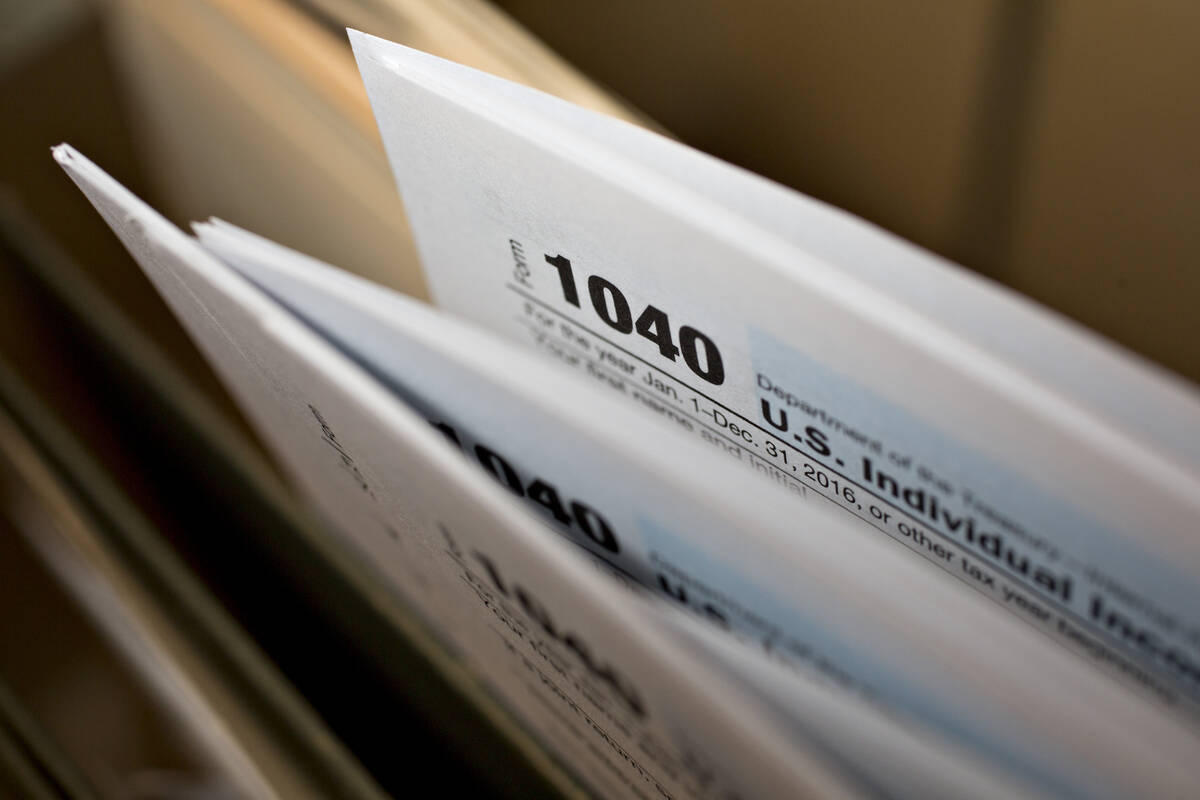The debate over tax collection methods in the United States has resurfaced, as some advocate for a return to historical practices. Prior to 1913, the federal government primarily relied on excise taxes on domestic products and tariffs on foreign imports to generate revenue. This approach successfully funded significant national projects, including the construction of the transcontinental railroad, which played a crucial role in expanding the nation from the Atlantic to the Pacific.
The reliance on these revenue sources enabled the United States to finance wars and establish itself as a respected power on the global stage. At that time, there was sufficient funding to support government operations without the need for an income tax system. However, the introduction of the income tax in 1913 marked a shift in how the government generated revenue. Critics argue that this change has led to increased opportunities for corruption among elected officials and has transformed some into multimillionaires.
Advocates for reverting to earlier tax collection methods suggest that a return to tariffs and excise taxes could result in a more straightforward, transparent approach to government funding. They argue that such a system would reduce the complexities associated with income tax filings and potentially lessen the burden on citizens.
The historical reliance on tariffs and excise taxes highlights a time when the government functioned effectively without an income tax framework. As the nation grapples with ongoing discussions about fiscal responsibility and government spending, revisiting these historical methods may offer insights into more sustainable revenue strategies.
The conversation surrounding tax reform continues to evolve, reflecting broader concerns about equity, accountability, and the responsible management of public funds. As various stakeholders assess the implications of tax policy, the lessons learned from history may play a pivotal role in shaping future approaches to government revenue collection.





































































